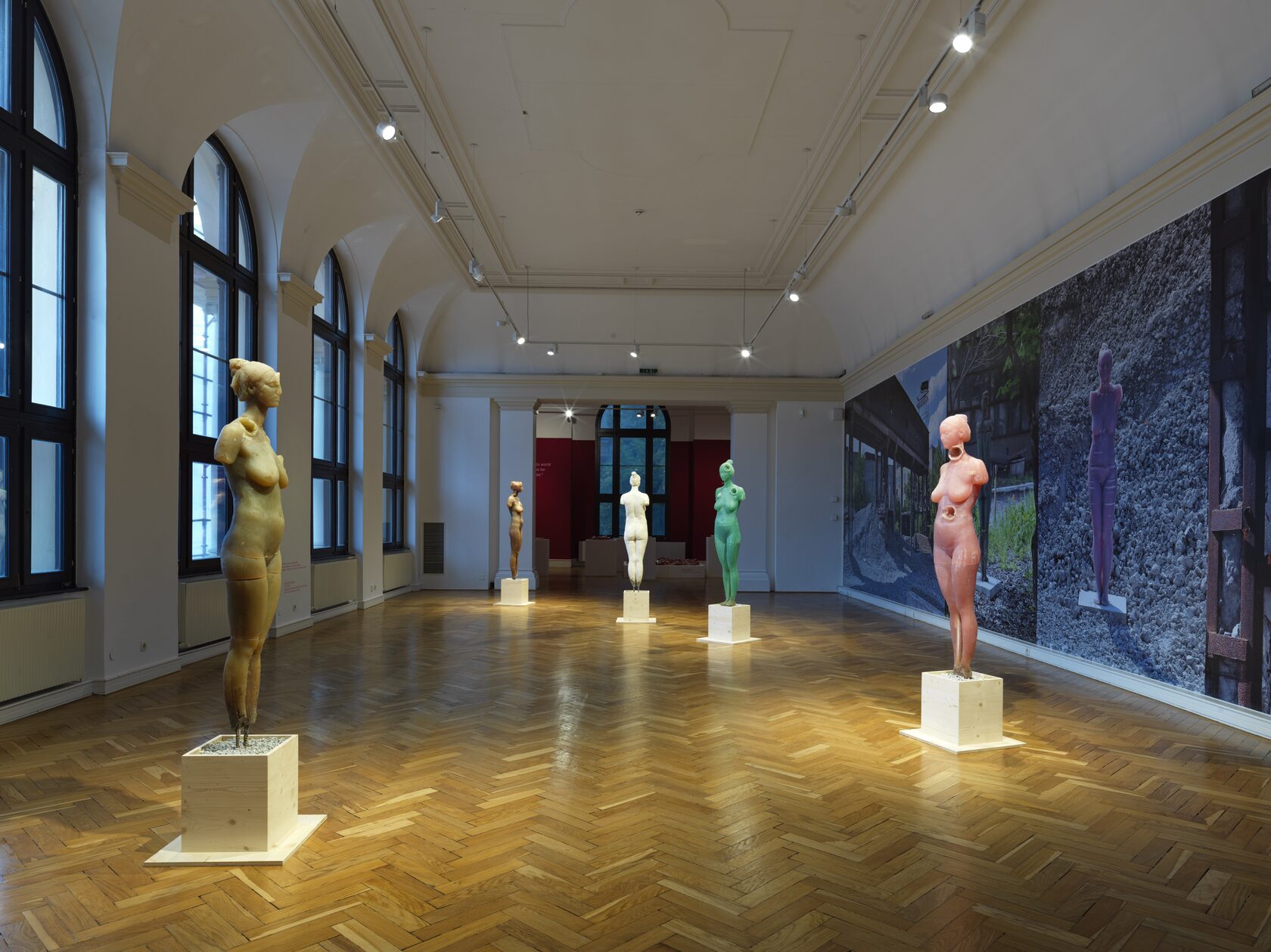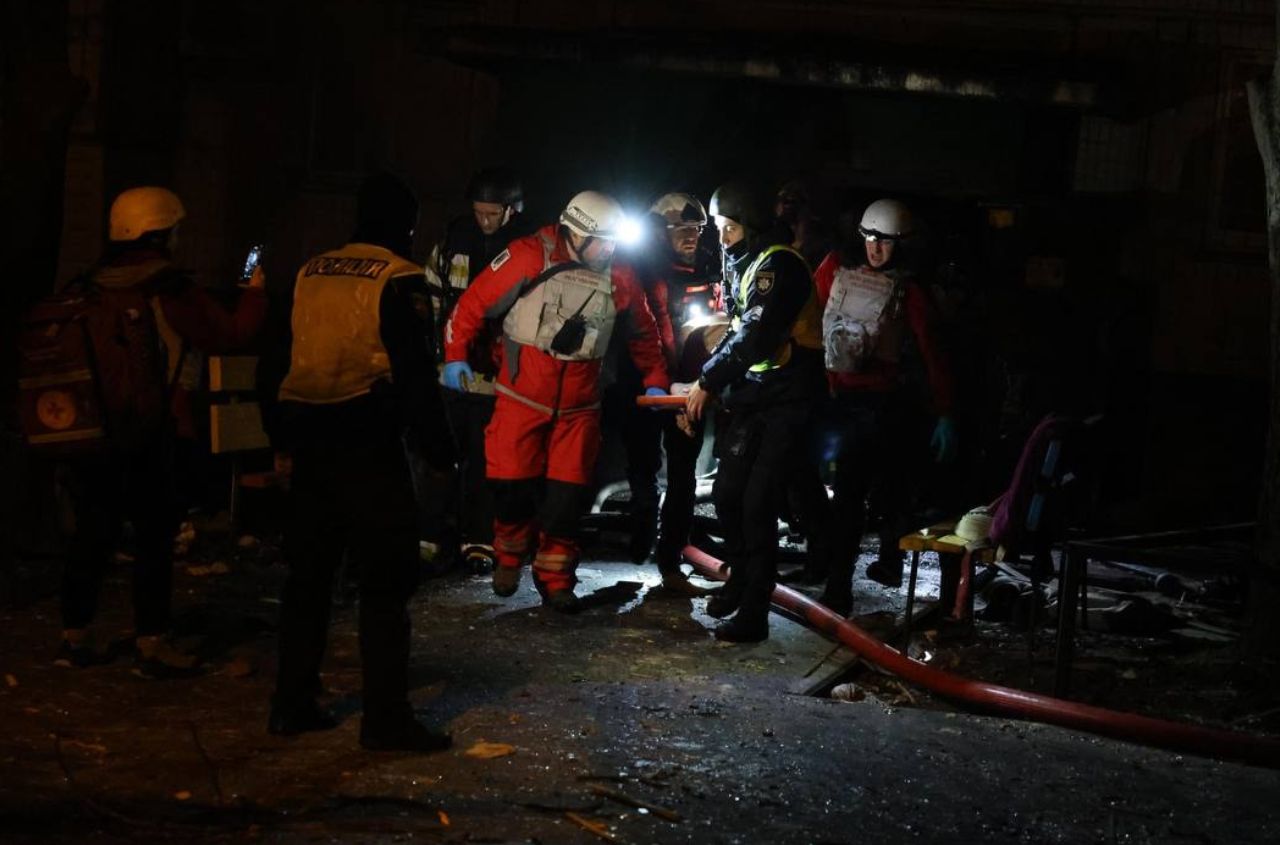The opening discussion “How Russian war against Ukraine changed the [art] worldâ€Â took place within Ukrainian Pavilion at the 59th International Art Exhibition of La Biennale di Venezia.
Ukrainian Pavilion Public Programme Decolonising Art. Beyond the Obvious engages artists, curators, public intellectuals, researchers, and a wider audience in the discussion of a decolonial view on Ukraine and Eastern Europe. This year’s programme of the Ukraine Pavilion was created as an emergency reply to the situation of extreme and unconditioned violence of the war.
The opening discussion “How Russian war against Ukraine changed the [art] world†took place on 22 April at 15:00 and introduced the programme. Participants of the discussion:
- Borys Filonenko, Co-curator of the Ukrainian Pavilion at the 59th International Art Exhibition of La Biennale di Venezia, Editor-in-Chief of Ist Publishing (Kharkiv, Ukraine)
- Alevtina Kakhidze, Artist. Artist at War (Kyiv, Ukraine)
- Serhii Plokhii, Historian, Director of the Ukrainian Research Institute at Harvard University (USA)
- Olesia Ostrovska-Liuta, Director General of the Mystetskyi Arsenal National Arts and Culture Museum Complex (Kyiv, Ukraine)
- Tetyana Filevska, Creative Director of the Ukrainian institute (Kyiv, Ukraine)
Serhii Plokhii, Historian, Director of the Ukrainian Research Institute at Harvard University (USA), on what has changed in the world since February 24 and weather it was a local or global shift: “What is very different about this war is certainly the scope and impact that it has on the international community and society. This war is very local and the suffering is personal. But it is also a global war, and it can come to an end through a global effort. The way out can be found whether it comes to the political position, weapons, and feeling, expressing, and thinking about what is happening to the world. And the last thing is where art is so powerful. Art is also a solution to this warâ€
Alevtina Kakhidze, Artist. Artist at War (Kyiv, Ukraine), on what has changed in her life and art since February 24: “When my mom experienced the war in Donbas, she called me every day. And I somehow tried to remember what she said to me and I put that into words and lines. This way I reconstructed the war for all my friends and international audience. It was so interesting that the same things started happening to me. Because of my mother’s stories, I was equipped, but I agree that these wars are absolutely different. I call my art ‘alternative journalistics’. I had the privilege to draw. Because when you draw something, you get distance and become subjective. You are out of the situation, you are not a victim anymore. This way you are a queen of your own lifeâ€.
Olesia Ostrovska-Liuta, Director General of the Mystetskyi Arsenal National Arts and Culture Museum Complex (Kyiv, Ukraine), on what Ukrainian culture has to tell the world: “Ukrainian culture can offer a global community the ability to sense and translate subtle authoritarian signs and convey them to the other communities. When you look from Kyiv, you have a feeling that in Russian political imagination dominance is much more desirable that democracy and democracy is even an obstacle to dominance. Ukrainian intellectuals and artists have been sensing and conveying this thought for a long time. Not only in the specific Russian experience and action, but in authoritarianism in the whole worldâ€.
Borys Filonenko, Co-curator of the Ukrainian Pavilion at the 59th International Art Exhibition, on what has changed in the concept and context of the Ukrainian Programme: “It is interesting how many times one artworks’ meanings can shift because of the change of context and changes around the artist. The Fountain of Exhaustion was created in 1995, inspired by the local situation in Kharkiv. At that time, the artist considered himself an anthropologist, the researcher of the city landscape. This work was about the lack of vitality in Kharkiv in the 90s. After 20 years, the artist used this work to talk about the usage of resources and exhaustion. Now Kharkiv is under siege and many cultural points are destroyed. So the artist retranslated the work for one more time to communicate about the war.â€
Tetyana Filevska, Creative Director of the Ukrainian institute (Kyiv, Ukraine), on the role of art and artists in the current war: “Not only culture is another important battlefield in this war but it also gives us new optics to understand the nature of art. Many artists became witnesses of the Russian crimes, they archive moments of war and translate them to others, distant in time and space. But there are also artists now in Ukraine who chose to defend their values and lives with weapons and suspended their practice. For them, it is clear that culture as dialogue is only possible until the other wants to destroy you and all they can do is defend their existence. As the curator of the biennale, Cecilia Alemani stated that “art and artists can help us imagine new modes of coexistence and infinite new possibilities of transformationâ€. If war is the only form of coexistence left to artists, is there a place for art in this world? Those Ukrainian artists who are fighting with Russians remind us that culture is a privilege for those who enjoy peace.â€
The programme is an integral part of the Ukraine Pavilion exhibition project, supervised by the Commissioner Kateryna Chuyeva, Deputy Minister for European Integration of the Ministry of Culture and Information Policy of Ukraine and curated by Lizaveta German, Maria Lanko, Boris Filonenko and will be held in collaboration with the Ukrainian Institute, the participating artists and curators of other national pavilions.
All activities will take place throughout the duration of the 59th International Art Exhibition (April – November 2022) over 4-5 long weekends, several events per day. The project targets a wide audience of Biennale Arte 2022 visitors, accredited professionals, and media.
Hosted by La Biennale di Venezia
Partners:
Ukrainian Pavilion
Ukrainian Institute
International Renaissance Foundation









![“How Russian war against Ukraine changed the [art] world” during La Biennale di Venezia](https://odessa-journal.com/public/storage/uploads/8198/8198.jpg)











